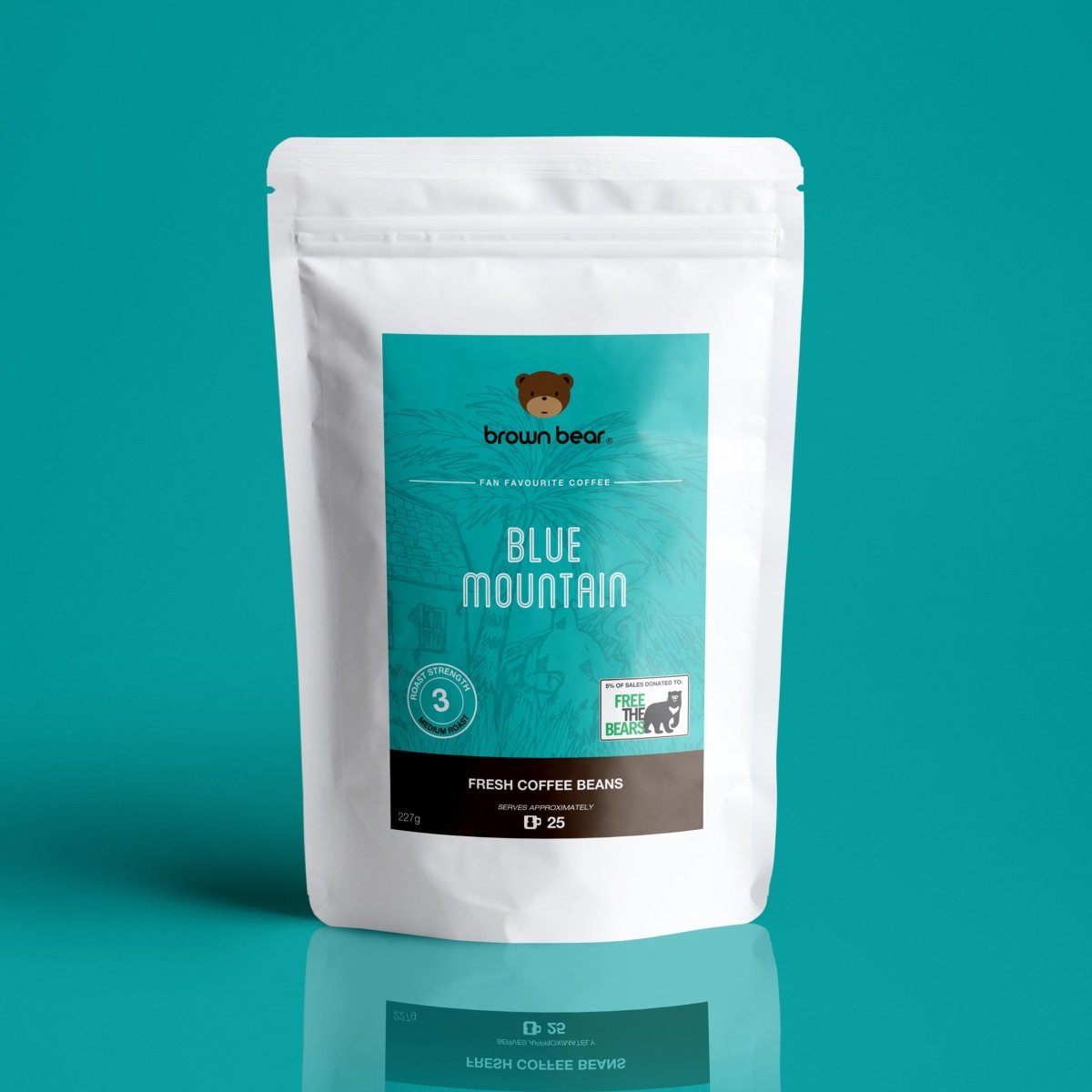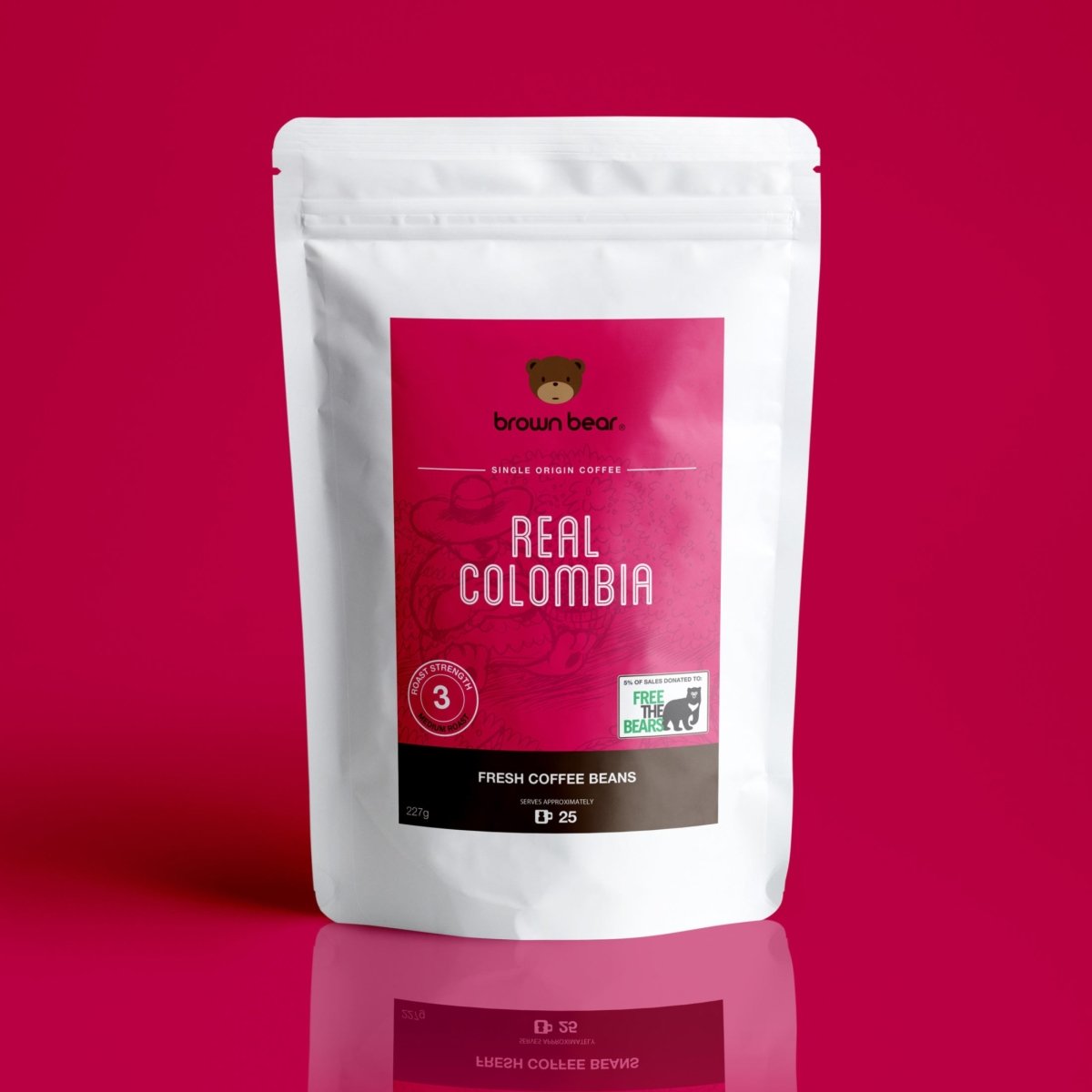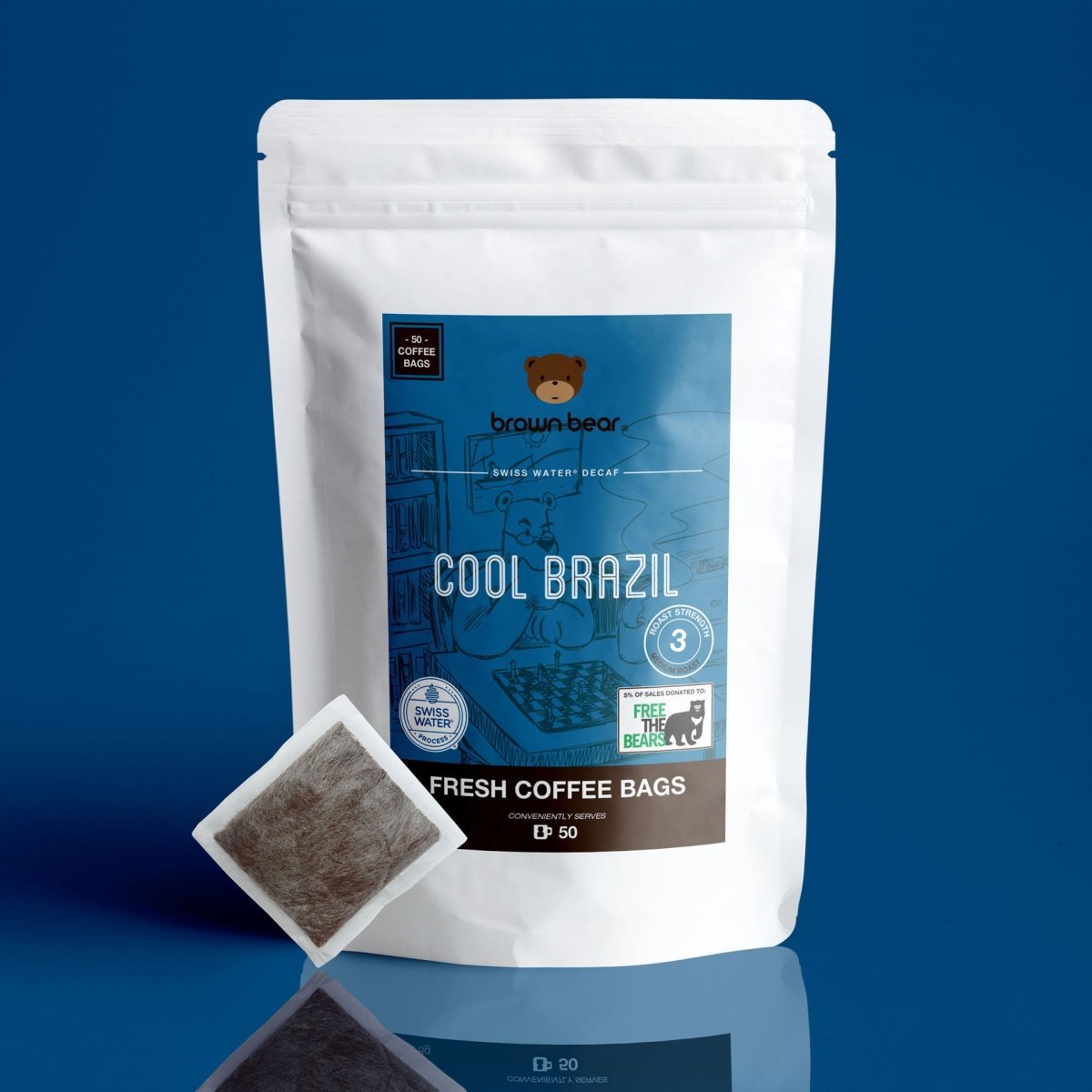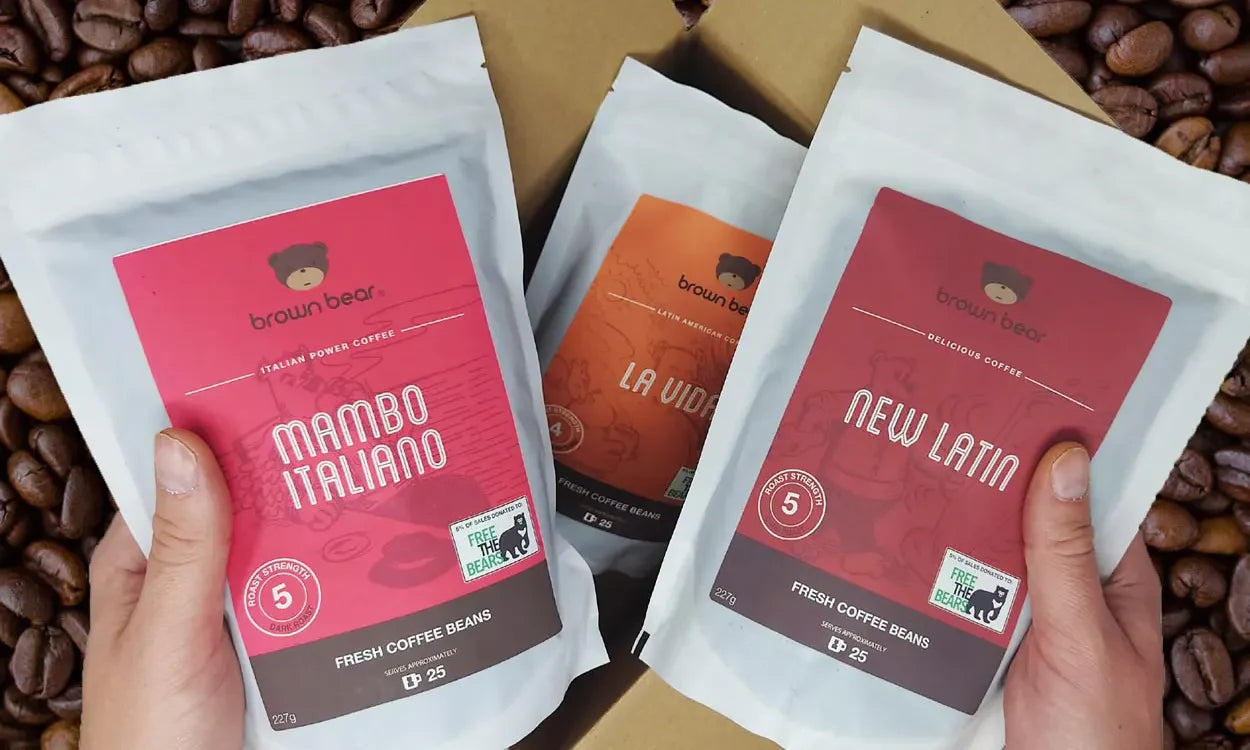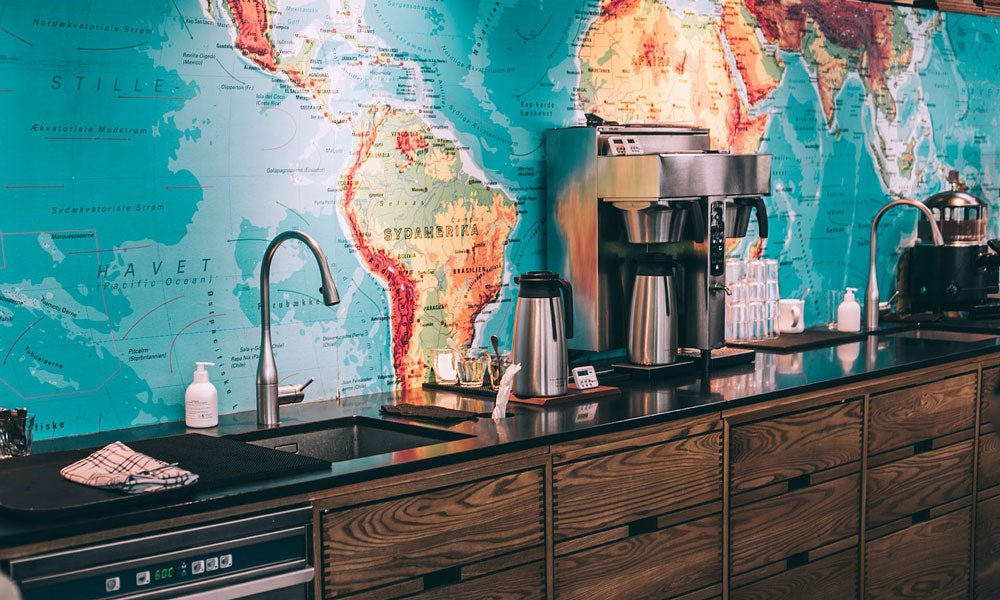It is probable that Italy, and more specifically Venice, was the first part of Europe to become acquainted with coffee. Venetian fleets plied the waters of the world and had a tremendous trade in silks, spices, perfumes, and dyes with the East; coffee, imported from Constantinople, probably came to Europe as part of this trade.
When the drink reached Rome, fanatic priests attacked it with such virulence that it was almost forbidden to the Christian world. The priests maintained that coffee was the drink of the Devil. Since Moslems were forbidden the use of wine a drink sanctified by Christ and used in the Holy Communion, they said that Satan, leader of the infidels, had invented coffee as a substitute. Were Christians to drink this hellish brew, the priests reasoned, they would risk eternal damnation.
Towards the end of the sixteenth century, Pope Clement VIII asked that the beverage be brought before him in order to settle the dispute. Attracted by its characteristic pungent aroma, he took a sip and found it delightful. He realized that to allow coffee to be banished from the Christian world would be a sin indeed and, turning the tables on Satan, baptized it on the spot.
The Pope's blessing quickened the flow of coffee throughout Italy and made it possible for that country to open the first western coffee houses. These were at first plain, unadorned, windowless, rather dimly lit rooms. Slowly they became an integral part of Italian life. They were patronized in the mornings by doctors, merchants, and artisans, and in the afternoons and evenings by the leisure classes and the ladies, and soon became vivacious centres of business, politics, and gossip.
The English did not become acquainted with coffee in their homeland until nearly a century later, well after their explorers had encountered it on journeys to the East. In 1599 Anthony Sherley, an English adventurer, set sail for Persia to convince the Shah to join forces with the West against the Turks, and to foster British trade interests. An account of the expedition contains the first mention by an Englishman of coffee drinking in the Orient; it tells of "damned infidells drinking certaine liquor, which they do call Coffe."
In following years of the seventeenth century the English seamen Captain John Smith and Francis Bacon described coffee in their travel books. Robert Burton, English philosopher and humourist, painted a pen portrait of Turkish coffee houses, and Sir Henry Blount, "the father of the English coffee house," told of his coffee-drinking experiences in Turkey and Egypt.
Coffee became a great favourite with the students who formed the Oxford Coffee Club, which was later to become the Royal Society. The first coffee house in London was opened by Pasqua Rosée in 1652, and other coffee houses were soon to be seen in many cities throughout Great Britain.
Coffee first came to France in 1660, when several merchants of Marseilles, who had acquired the habit of drinking the beverage while living in the Levant, decided they could not forgo the pleasure of having it at home. So they brought beans with them and soon were importing coffee commercially in bales from Egypt. The merchants of Lyons followed a similar pattern. In 1671 the first coffee house was opened in Marseilles. The spread of coffee through France was fought by the wine makers and doctors; the former feared its popularity would change the drinking habits of Frenchmen and cut into their profits, while the latter wanted to retain control over experimentation with and dispensation of the new beverage, thus keeping it at the level of a rare medicine.
The drink's popularity won out, and coffee received its final approbation in the Paris of Louis XIV in 1669, when the Turkish ambassador, Suleiman Aga, began holding flamboyant coffee parties for the French nobility. These elaborate bashes were held in an opulent rented palace and were fuelled by Suleiman Aga's enormous personal coffee supply.
Captain John Smith, who founded the colony of Virginia at Jamestown in 1607 and who knew of coffee from his Turkish travels, was probably the first to introduce the beverage to North America. The cargo list of the Mayflower carried this item: a wooden mortar and pestle used for grinding coffee powder. It is quite likely that Dutch New Amsterdam was familiar with coffee, but not until 1668, when the town was called New York, does the earliest reference to coffee appear. Mention is made of a drink made from roasted beans and flavoured with sugar or honey and cinnamon. In 1683 William Penn, founder of Pennsylvania, was aghast at the price he was forced to pay for a pound of coffee from New York: 18 shillings 8 pence.
As coffee cultivation spread and travel to the East increased, coffee drinking came to Europe, spurred by the tales and by samples brought to the continent by enthusiastic returned voyagers. But it wasn't the people like Suleiman Aga, Conopios, and John Smith who popularized coffee as much as the little businessmen such as the Italian lemonade vendors who added coffee to their other refreshments and bore the steaming, potent gospel of coffee beyond the boundaries of the East to the as yet uninitiated West.
During the seventeenth century coffee houses proliferated in Vienna and Vienna came known to be called the "mother of cafés" to other central Europeans. The Viennese-style café became extremely popular and spread to other cities in Austria. These coffee houses served good strong coffee, sometimes blended with roasted fig to make a potent liquor.
Until late in the seventeenth century, almost all coffee came from Arabia. For hundreds of years the Arabs had maintained their monopoly over coffee supply, forbidding seeds to be taken from the country and prohibiting strangers from visiting the plantations. But, coffee's increasing popularity made it harder for them to protect their profitable new industry and its expanding market.
The tree, living up to its Arabic name cahuha (force), would not be denied its destiny. Beans were smuggled into India by Muslim pilgrims who had easy access to the holy city of Mecca. Dutch coffee spies intent on profits finally succeeded in stealing plants from Arabia and cultivating them in Java, thereby giving the Western world its first informal synonym for coffee. Plants from the botanical gardens in Holland were freely distributed by the Dutch throughout Europe. The fruit of one sturdy five-footer that reached the Jardin des Plantes in Paris around 1714 contained the coffee future of all of Latin America.
The plant in question thrived for ten years in France under the hands of the royal botanist Antoine de Jussieu, and brought him considerable fame. In 1723 a young French naval officer serving in Martinique, Gabriel Mathieu de Clieu, had the brainstorm that was to change coffee history. He had heard fabulous stories of the prolific coffee groves of Java, and while in Paris on leave had found coffee houses spreading everywhere. His idea: bring a few seedlings back to Martinique and start cultivation in the French colony.
This personal coup could start a flourishing industry in the West Indies and bring glory to France. But when De Clieu approached Jussieu with his plan the botanist jealously refused, preferring to bask in the acclaim he received from the nobility of Europe, who journeyed to Paris to view the exotic hothouse coffee plant.
But De Clieu was not to be put off. The young officer attempted to enlist the aid of M. de Chirac, the royal physician, doubtless counting on the enthusiastic curative claims made for coffee by European doctors to enlist Chirac's support. But the royal physician balked and, as was not uncommon in French intrigues of this period. Several nights later a gang of masked men, led by De Clieu, climb the walls of the Jardin des Plantes and escape with their prized coffee plant.
De Clieu set sail for Martinique with his precious cargo. Though protected by a glass-sided wooden frame, the plant was beset by dangers from all sides. An enraged fellow passenger, a Dutch agent tried to destroy the plant, and with it De Clieu's vision of French coffee plantations spreading across the West Indies; he actually succeeded in tearing off a branch in his struggles with the young naval officer.
The ship was also pursued by a pirate vessel and narrowly escaped capture; and a fierce tempest bore down upon the ship, almost destroying her and, in the process, smashing the protective glass around the coffee plant and inundating it with salt water. After surviving all these near catastrophes the hardy plant was subjected to an even graver ordeal: The ship was becalmed, drinking water grew scarce, and the captain imposed a strict rationing system on the ship.
Since the captain refused to issue water for the plant, De Clieu was obliged to share his scant portion with it. Things were looking grim indeed when land was sighted at last. De Clieu went ashore carrying the green and flourishing plant in his arms. Upon arriving at his home in Martinique he planted it carefully in his garden, surrounded it with thorn bushes, and set up an armed guard around it. The plant did exceedingly well and in the years that followed De Clieu was to see his dream realized in the thriving, abundant coffee crop of not only Martinique but Santo Domingo, Guadeloupe, and adjacent islands as well.
Coffee spread throughout the West Indies. Brazil, destined to become one of the world's leading producers, had not yet started growing coffee but was actively seeking a way of acquiring the fanatically guarded seeds. In 1727, a boundary dispute arose between two rival coffee-producing colonies who had forbidden export of seedlings under pain of death: Dutch and French Guiana. When the two colonies called upon Brazil to help settle the matter, that country sent word that she would be happy to assist. Brazil's secret motive was to steal some of the closely guarded coffee seedlings and start an industry of her own.
For this purpose a lieutenant colonel in the Brazilian army, Francisco de Melo Palheta, was chosen. This worthy, while ignorant of the intricacies of coffee cultivation, had the reputation of being a fine professional soldier, having a good head for business, and enjoying a string of successful romances with the most beautiful ladies of Brazil. When Palheta arrived in French Guiana, the Governor of that colony welcomed him graciously and the arbitration proceedings were begun. At the same time the Brazilian officer began his seduction of the Governor's attractive wife.
After mornings of hearings, surveys, and examination of boundary lines and documents bearing on both sides of the dispute, Palheta spent his afternoons with the Governor’s lady. In the end he achieved brilliant success in both suits. The dispute resolved, the Governor held a lavish banquet in Palheta's honour. In front of hundreds of guests the Governor's wife presented Palheta a bouquet. On the surface a charming gesture applauded by the company, in reality it was a courageous token of gratitude for an amorous interlude.
For hidden among the bright garden flowers were the fertile cuttings of a coffee plant. In a few days they were carried back to Brazil by Palheta to start what was to be one of the greatest coffee empires in the world.





